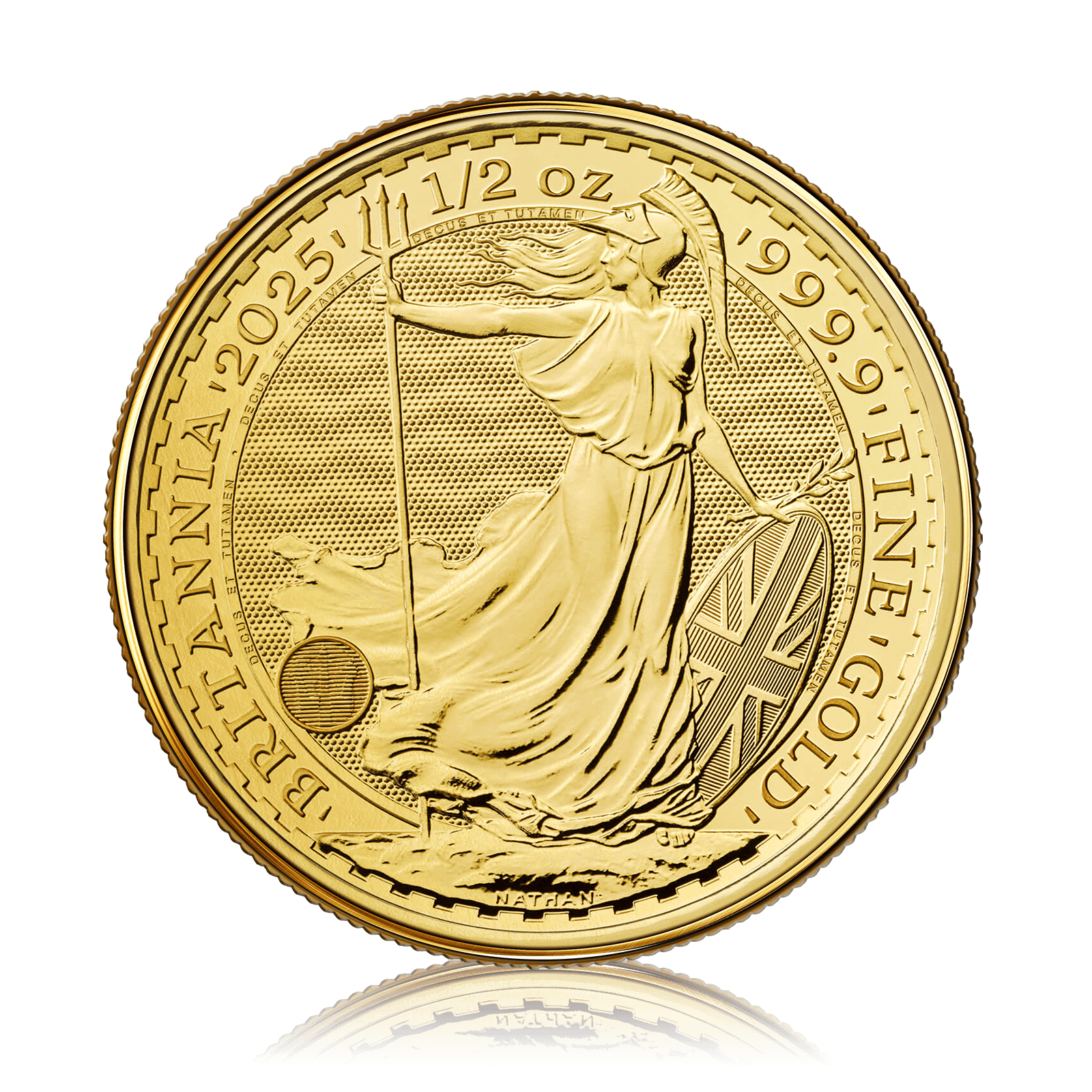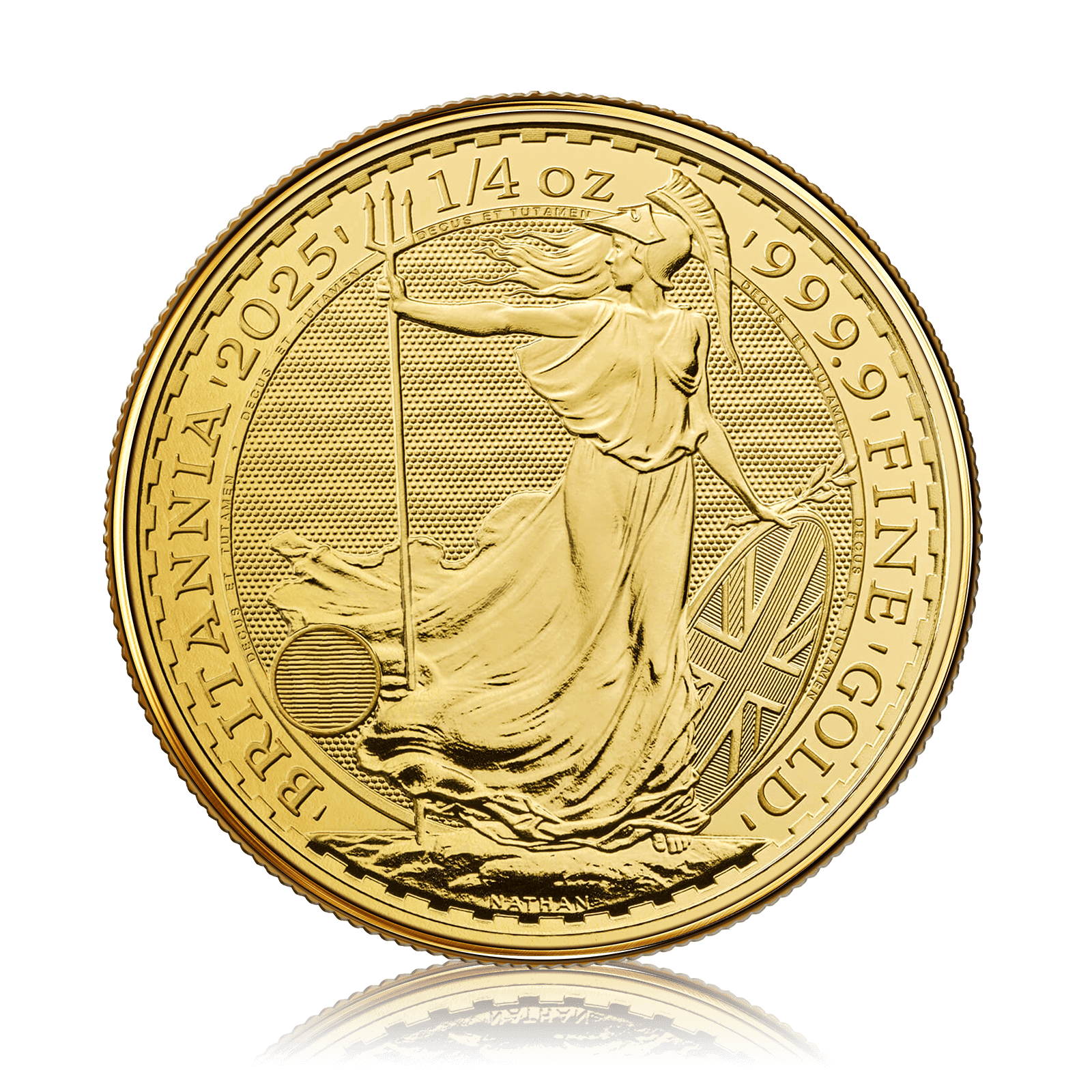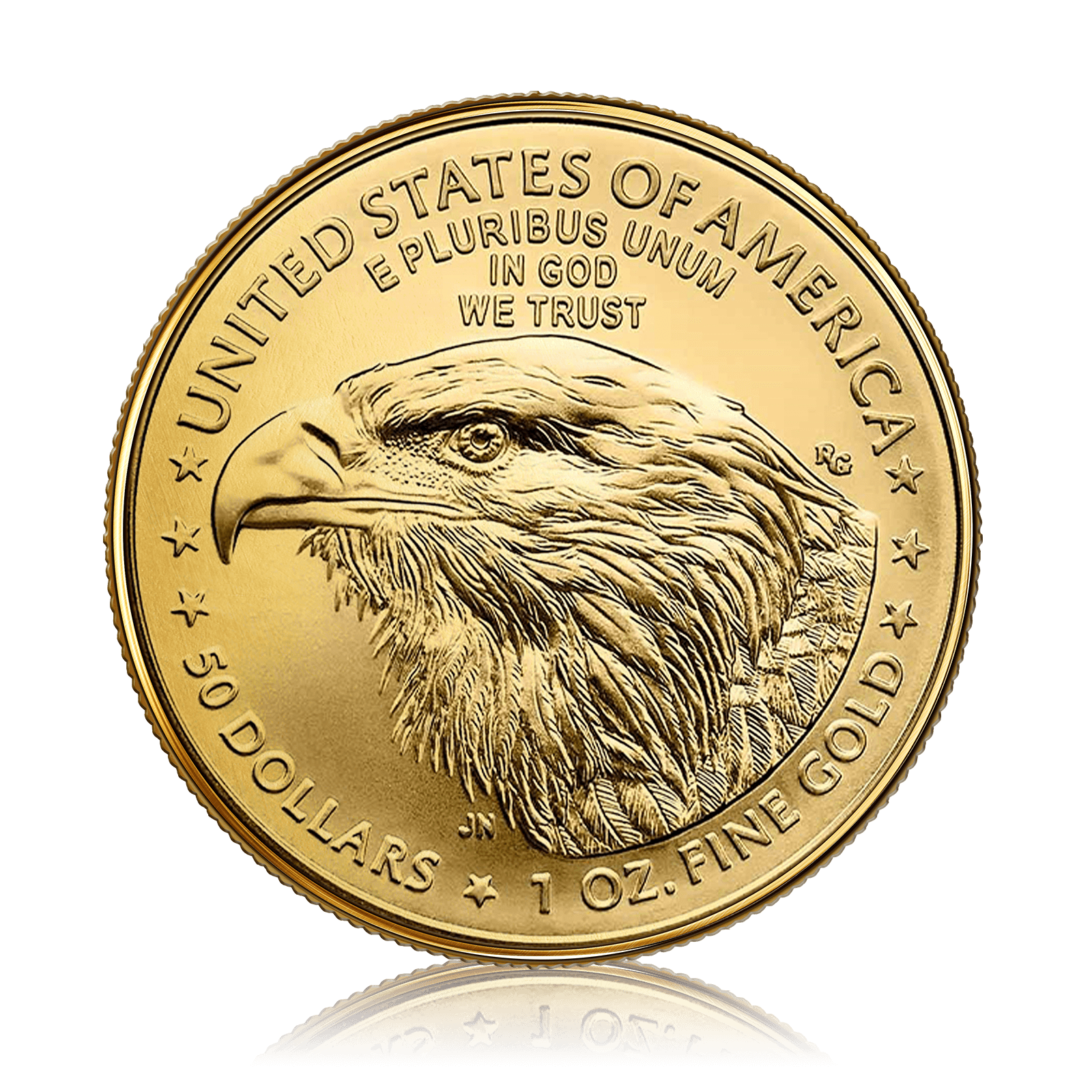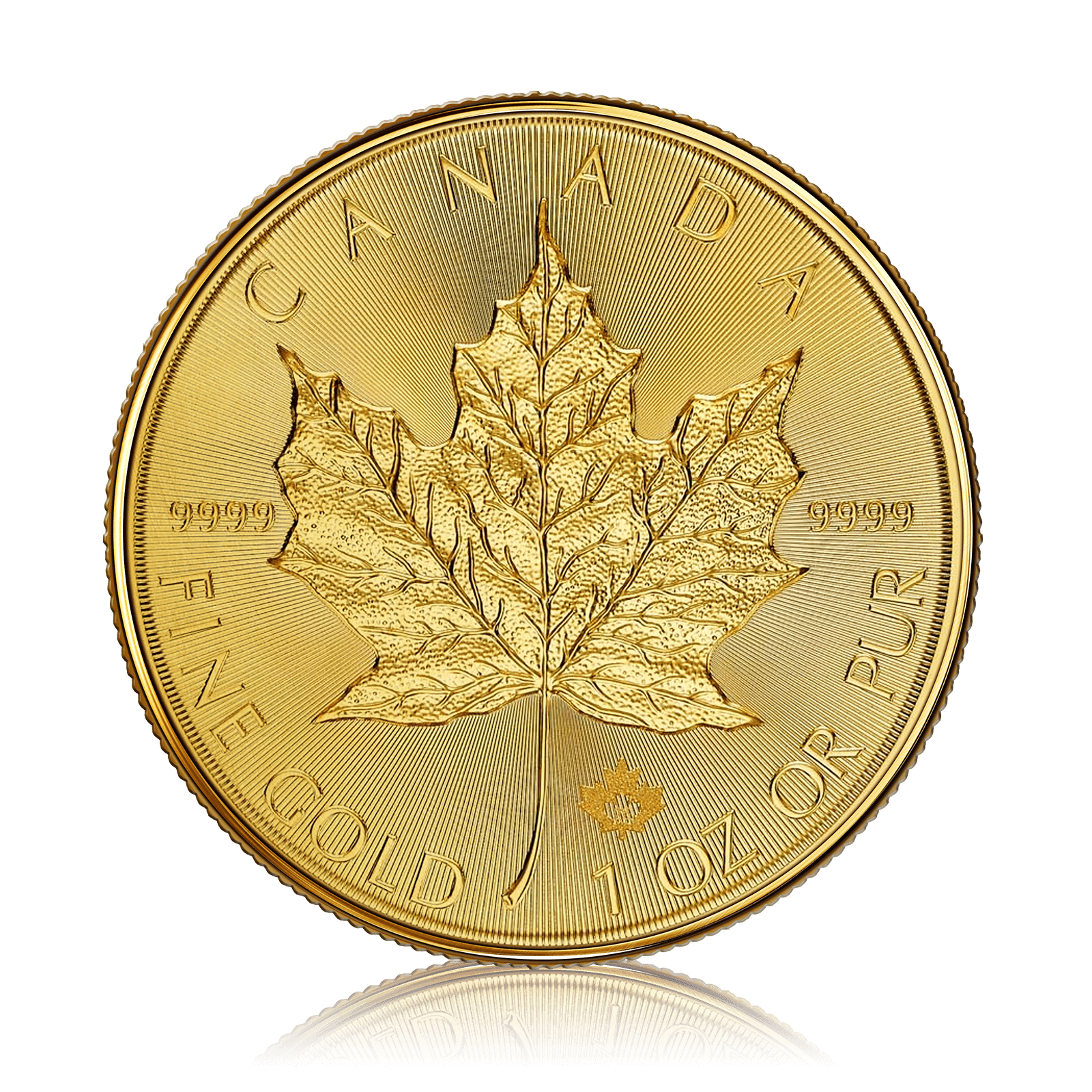Gold is one of the most fascinating and surprisingly complex assets in the financial world.
Prices can soar or slump based on a cocktail of economics, politics and investor mood swings.
So, if you’ve ever been left thinking – “why is gold more expensive this month than last?” – here’s a beginner-friendly list of what actually determines the price of gold.
This post is part of our Gold Investment for Beginners series.
- Supply and demand
Yes, it’s economics 101 but let’s start simple as gold plays by these rules too. When demand goes up and supply stays flat (or drops), prices climb. When demand drops and supply spikes, prices fall.
But what determines gold’s supply? Mostly supplies come from mining. In 2023, miners around the world produced about 3,000 metric tons of gold. Supply also comes from recycled gold, like melted-down jewellery or electronics. Central banks sometimes release gold reserves into the market which also affects overall supply.
According to the World Gold Council demand for gold jewellery alone was 2,093 tonnes in 2023 but who else wants and uses gold?
- Investors (think coins, bars, ETFs)
- Jewellery (especially in countries like India and China)
- Central banks (more on them later)
- Tech industries (phones, circuit boards, even dentistry)
- Inflation
Gold loves a bit of drama, especially inflation drama.
When inflation’s on the rise and paper money starts losing value, people turn to gold like it’s the last slice of cake at a birthday party.
In fact, gold prices rose by around 25% during the 2008 financial crisis and again in 2020 when inflation fears kicked in during the pandemic.
Historically, gold has maintained its value over time, which is why it’s considered a safe-haven asset. It’s also a finite resource – there’s only so much gold in the world – which adds to its appeal and can drive up its price.
So if you see news about rising inflation, don’t be surprised if gold prices follow suit.
- Geopolitical chaos
In a similar vein to inflation, gold’s prices tend to react by increasing when the world feels uncertain for instance during war, political upheaval and global pandemics.
Again, because gold is a safe haven, investors flock to it when they think the rest of their assets are about to go belly-up.
For example after the Russia-Ukraine conflict escalated, gold prices jumped above $2,000 per ounce in 2022. And during the early days of COVID-19, gold hit all-time highs as investors panicked and looked for safety.
- Interest rates
Gold doesn’t pay interest or dividends, so when central banks – such as the Bank of England – raise interest rates, other assets (like savings accounts and bonds) start looking more attractive, which therefore means gold prices start to fall.
In 2022, as the US Federal Reserve hiked interest rates to fight inflation, gold prices dipped, even though inflation was still high.
- Central banks
Central banks like the Bank of England hold gold in their reserves. Sometimes they buy more. Sometimes they sell. Either way, what they do can shake up the market.
In 2022, central banks bought a record breaking 1,136 tonnes of gold which was the biggest annual haul since 1950. This was thought to be a hedge against economic and geopolitical risks, including the rising cost of living and the potential for dollar devaluation.
When the central banks drive demand it acts like a massive thumbs-up to gold’s value and can help keep prices high.
- Investor mood swings (aka sentiment and speculation)
Believe it or not, gold price is partly driven by the mood swings of investors; investor sentiment plays a big role. When people think gold will go up, they buy. That demand drives prices higher. If the mood turns sour, prices drop even if nothing else changes.
Investor mood is complex but it is thought to be shaped by a mix of things like the economy, world events, market trends and human psychology. These can make people feel either confident or nervous, which affects how they invest and how the market moves.
In 2020, global holdings in gold ETFs grew by over 30% due to fear-fuelled investing during the pandemic.
- Tech and industry
Not everyone buys gold for an investment; some of it ends up in gadgets, medical devices or even space equipment.
Gold is super conductive and non-corrosive, making it perfect for high-tech uses. But in the grand scheme of things, this demand is relatively small. For instance about 7-8% of global gold demand comes from technology.
- The power of the Dollar
Gold is priced in USD globally. So if the US dollar is strong, gold gets more expensive for people buying in pounds or euros, for example. If the dollar weakens, gold becomes cheaper internationally.
If you’re a UK investor, keep an eye on the GBP/USD exchange rate. A weak pound can mean higher local gold prices, even if the global gold price hasn’t moved.
You don’t need to become a macroeconomist to learn how to invest in gold, but having a basic understanding can help you time your decisions better. If you’ve just come across our series Gold Investment for Beginners, this is the third installment – you can catch up with the other two blogs here and here.
As ever, before making any investment decisions, we always recommend speaking with a certified financial advisor to ensure gold fits within your long-term financial plan.

























